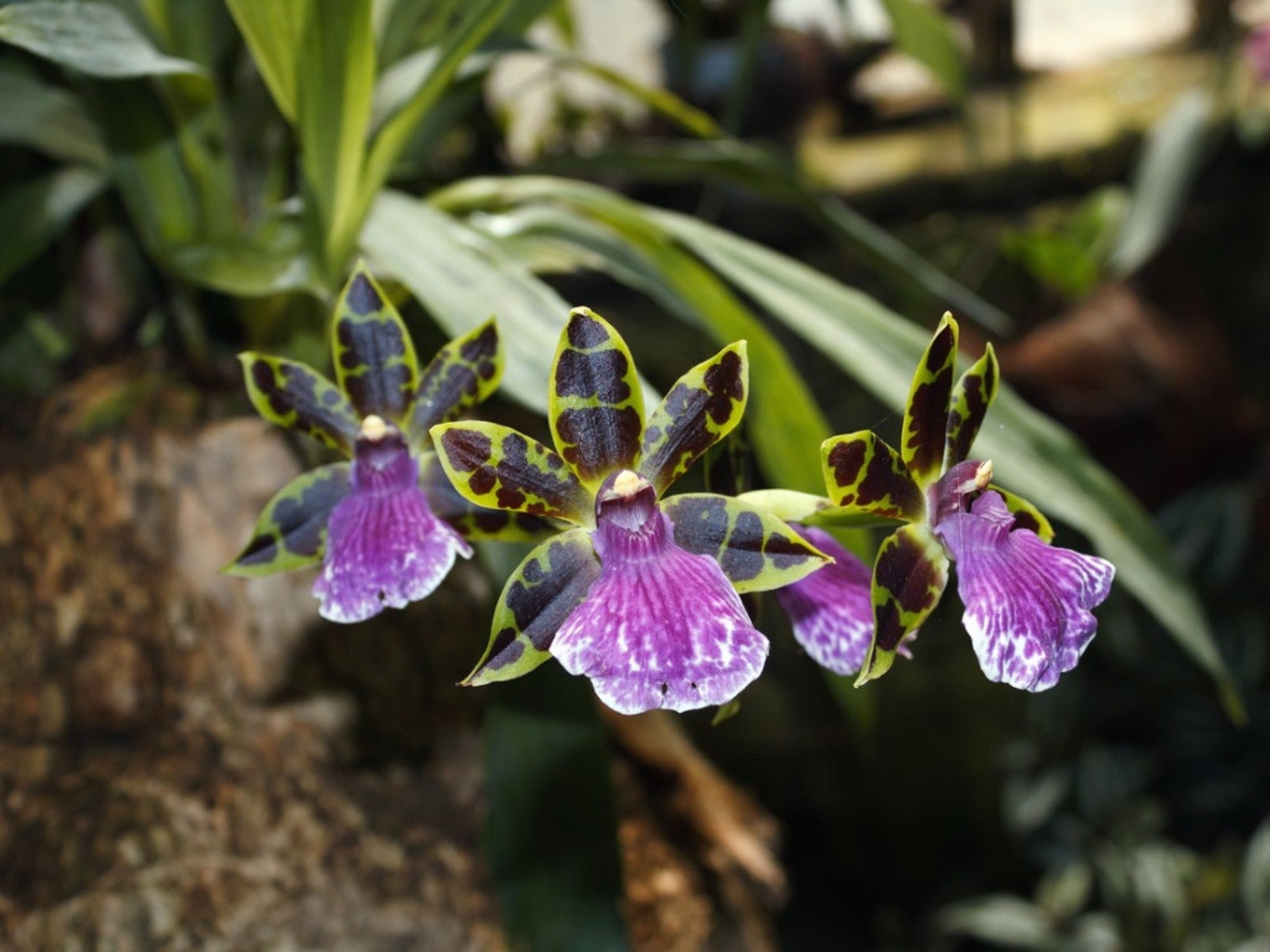
Susan Albert
It all began with a sunroom that looked out onto a yard of dirt and weeds. No shrubs, flowers, birds, or butterflies. Whoever heard of a sunroom with nothing to watch outside? Susan immediately went to the library (Internet was not in use yet) to look up how to attract butterflies. That was 25 years ago and she’s progressed into an all-out gardening fanatic, obsessed with annuals, perennials, trees, and shrubs. A plant “collector” and garden photographer, she can always find room for one more flower in her garden, especially if it attracts wildlife.Before writing articles for Gardening Know How, Susan held a career in communications and, as a freelancer, wrote garden articles for magazines and authored a newspaper gardening column for many years. She also contributed South-Central regional gardening columns for four years to Lowes.com. While living in Oklahoma She served as a master gardener for 17 years. She now lives in Gardner, Kansas, where she’s semi-retired, establishing new garden roots.
Latest articles by Susan Albert
-
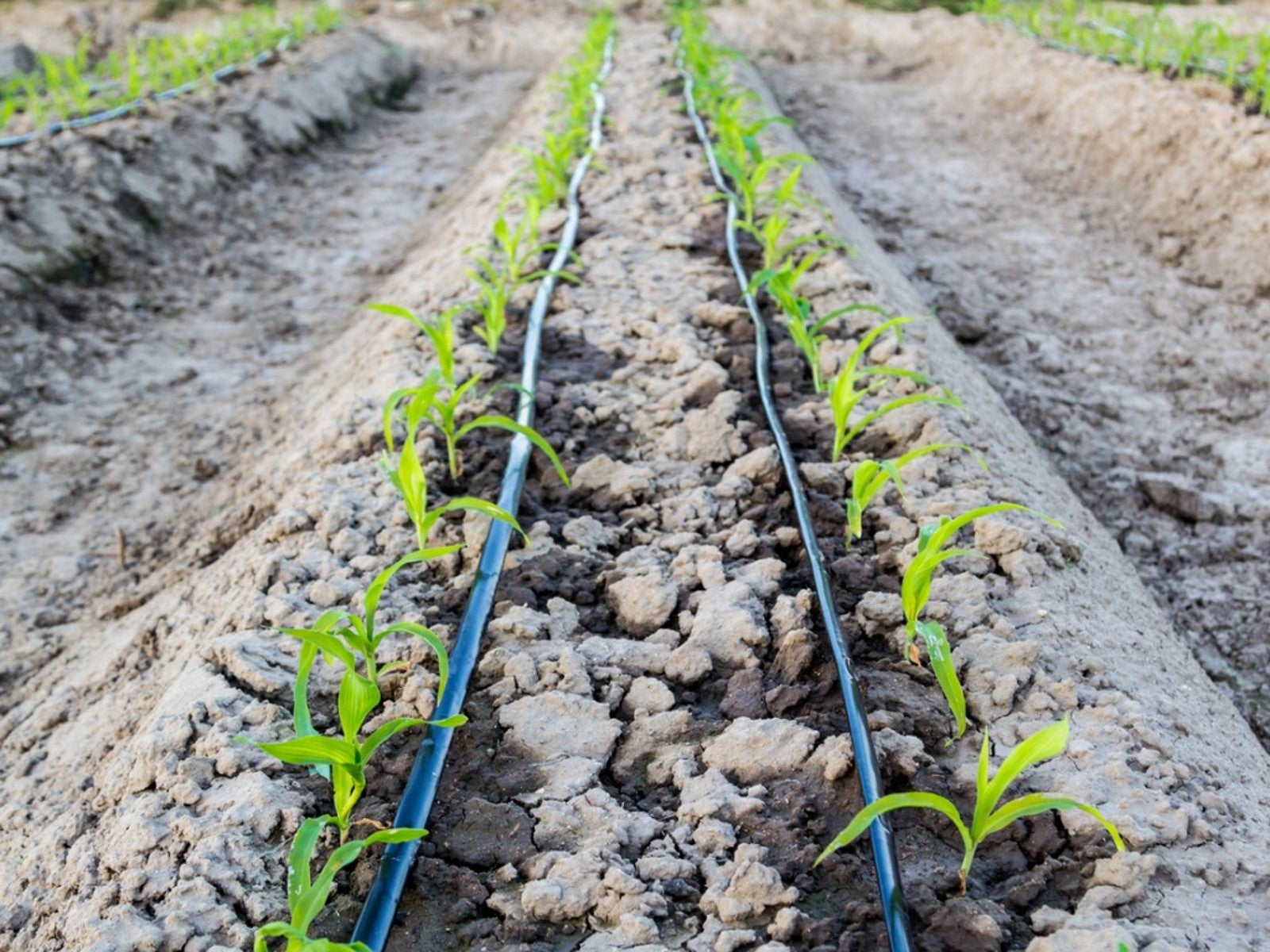
How Often And How Long To Run Drip Irrigation
If you’ve ever wondered how often and how long you should let your drip irrigation run, you’re in the right place. Click here to find the answer to this question and more.
By Susan Albert
-
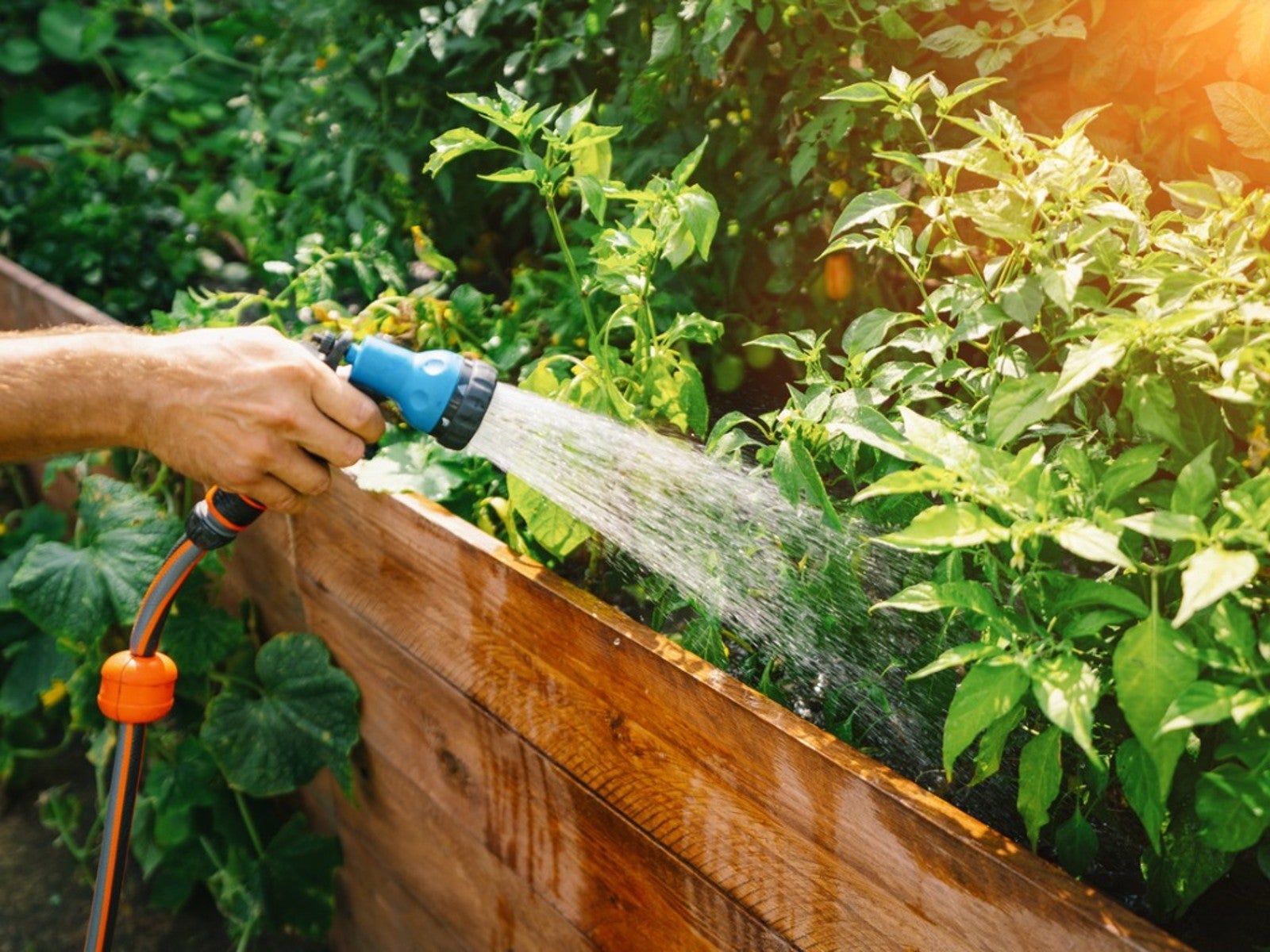
Tips For Growing Hot Weather Garden Vegetables
Can vegetables grow in heat and still thrive? Click here to find tips for growing hot weather veggie gardens.
By Susan Albert
-

Plants For Sunny Spots: Choosing Heat Loving Plants For Full Sun
If you live in a hot climate, it’s important to choose plants that love the heat. For some full sun plants that love the heat, click here.
By Susan Albert
-
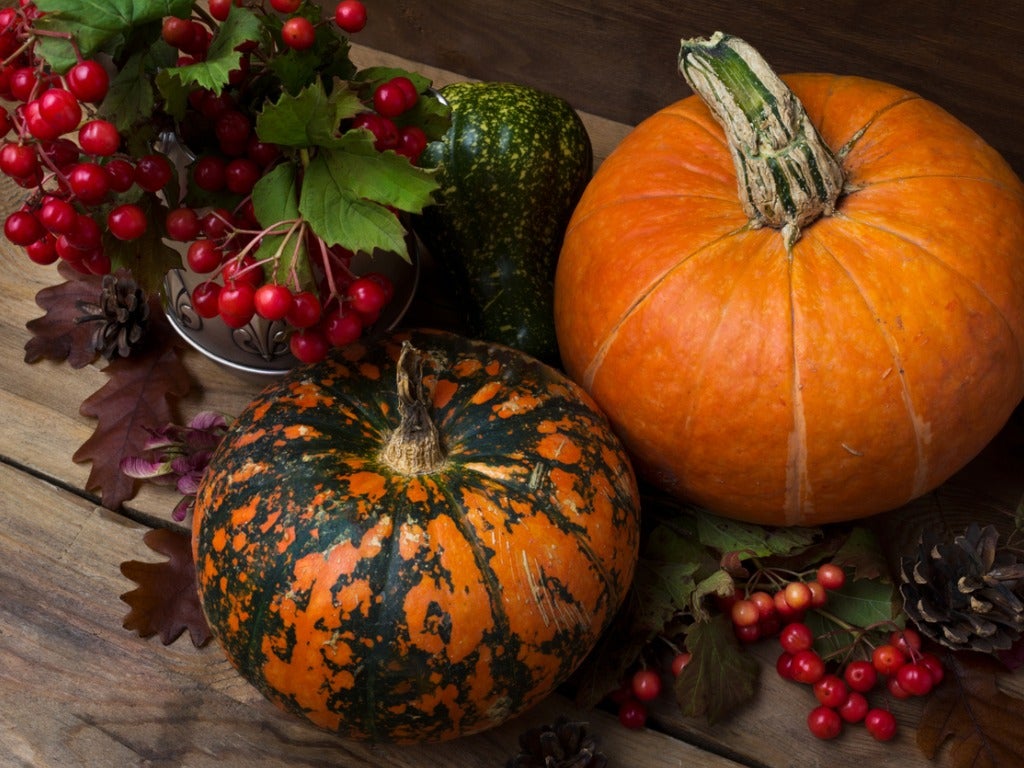
Natural Thanksgiving Décor – How To Grow Thanksgiving Decorations
Fall colors and nature’s bounty create the perfect natural Thanksgiving décor. Click herefor some ideas on Thanksgiving décor that you can grow.
By Susan Albert
-

Copper Wire Mesh Uses - Using Copper Wire In The Garden
Tired of slugs and snails dining on your favorite plants and young trees? There are lots of tricks and baits available, but have you tried copper wire mesh? It is humane, effective, and does not harm pets or children. Read on for more.
By Susan Albert
-

History Of Romantic Flowers - Why Are Some Flowers Considered Romantic
By Susan Albert
-
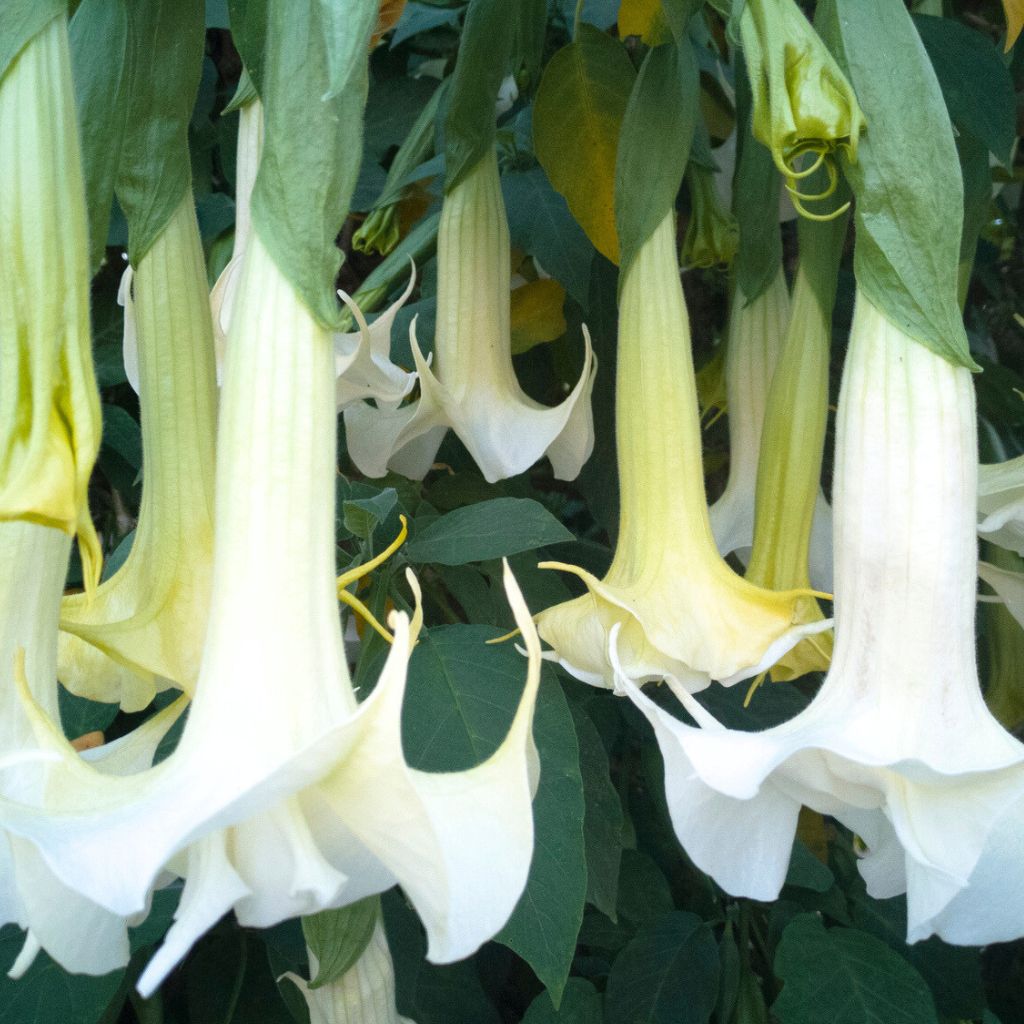
Enjoying Flowers At Night: Top Plants For A Night Garden
Creating a night garden can offer a unique and mysterious venue for your next evening get together. Enjoy flowers at night with these night garden plants.
By Susan Albert
-
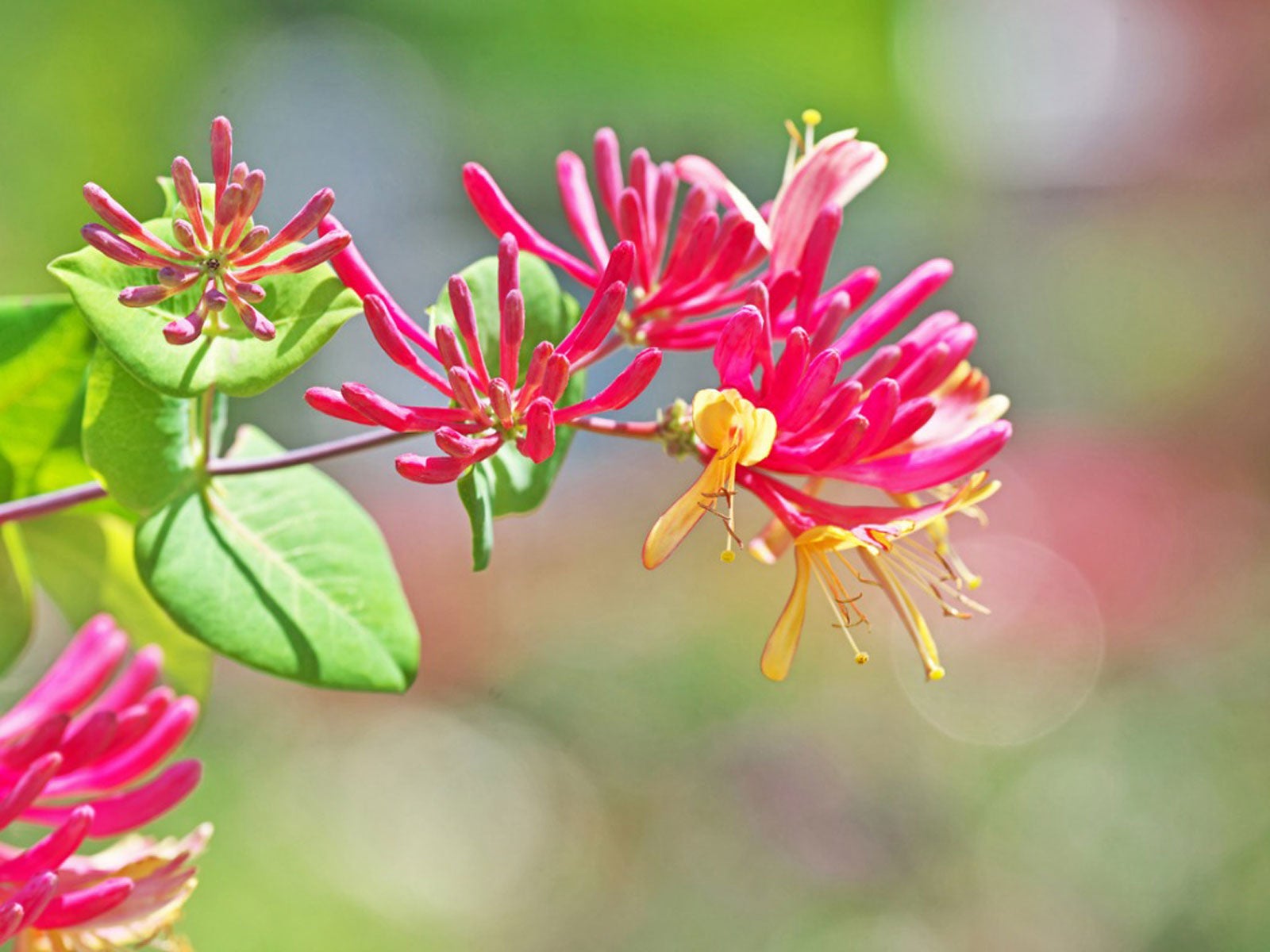
Vines For The Southern Region: Growing Vines In Texas And Nearby States
Vines for the southern region can add a splash of color or foliage to an otherwise dull vertical space. Click here for a list of South Central vines.
By Susan Albert
-
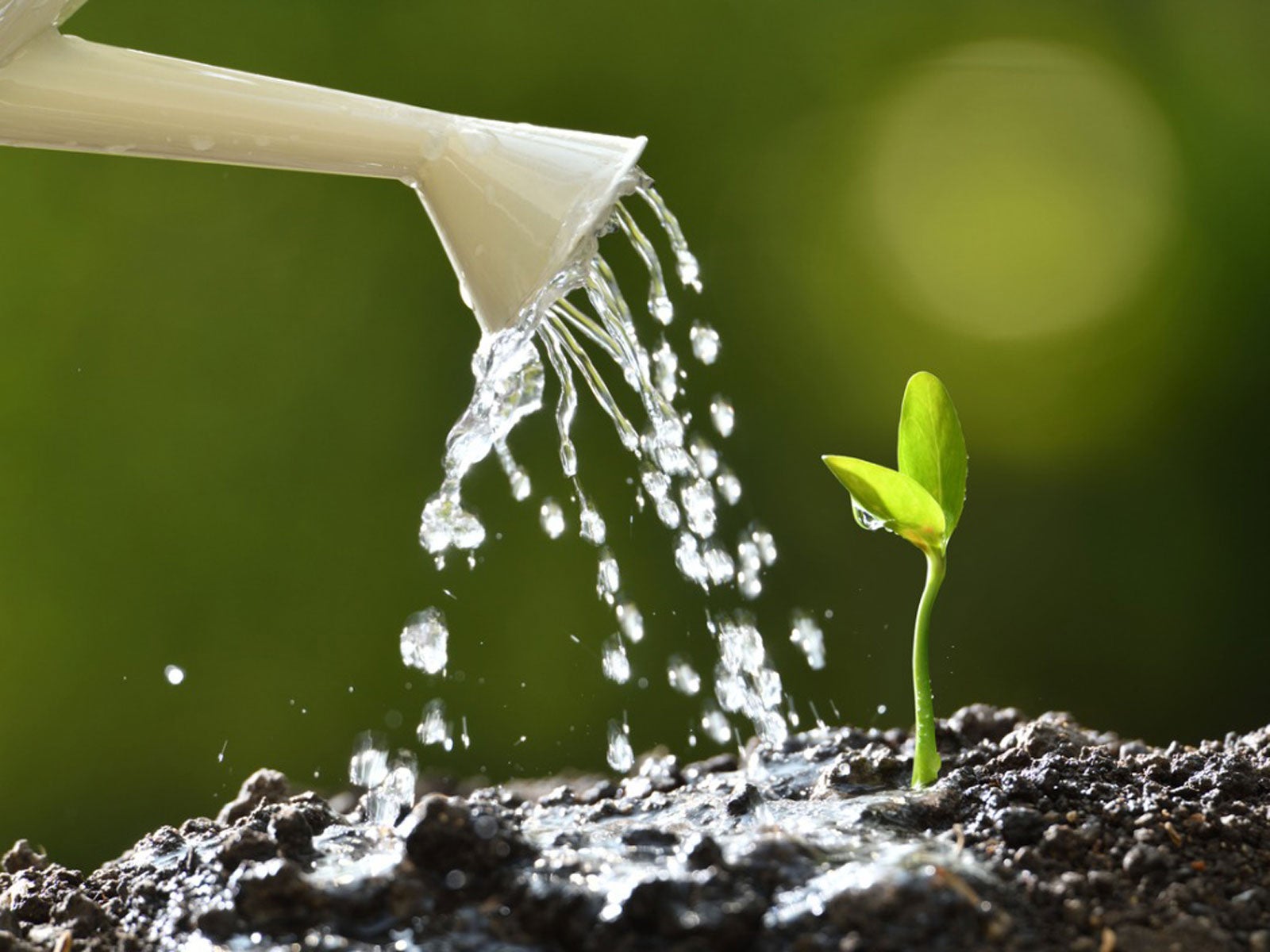
Safely Watering Seeds: How To Keep Seeds From Washing Away
If the seeds are not watered properly, they can wash away, be driven too deep, and overwatered or underwatered. Learn to water them safely here.
By Susan Albert
-

Cocktail Garden Containers: Growing Ingredients For Drinks And Cocktails
If you’re limited on space, the easiest way to plant a cocktail garden is in containers. Click this article for tips on cocktail gardening in pots.
By Susan Albert
-
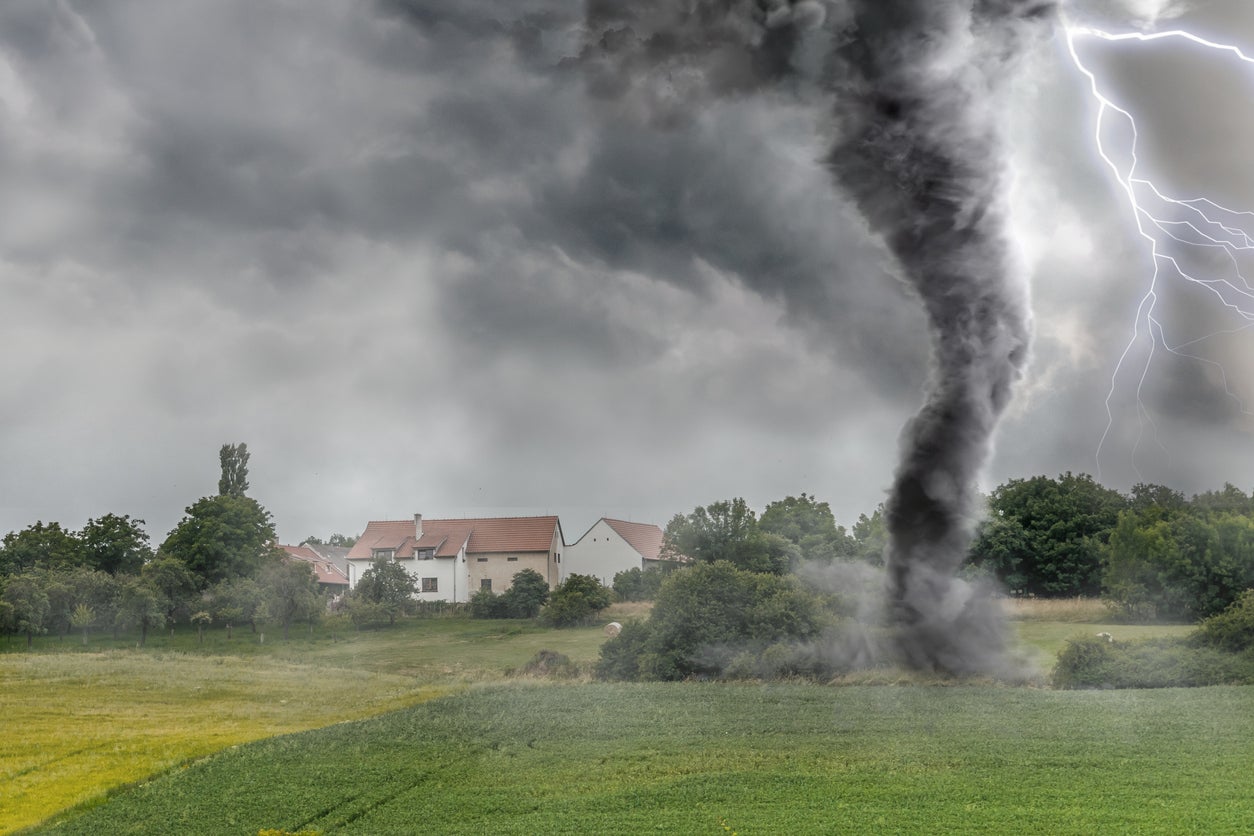
Tornado Proof Gardening – How To Protect Your Garden From A Tornado
By choosing wind-resistant trees and taking proper care of those trees will go a long way toward garden tornado protection. Advance warning of an approaching tornado may also allow time to remove potential airborne items. Click here to view other tornado proofing ideas.
By Susan Albert
-

What Do Micro Prairies Do: How To Grow A Micro Prairie
By building a micro prairie full of native plants and grasses, you can provide food and shelter for native insects and pollinators. Learn more here.
By Susan Albert
-
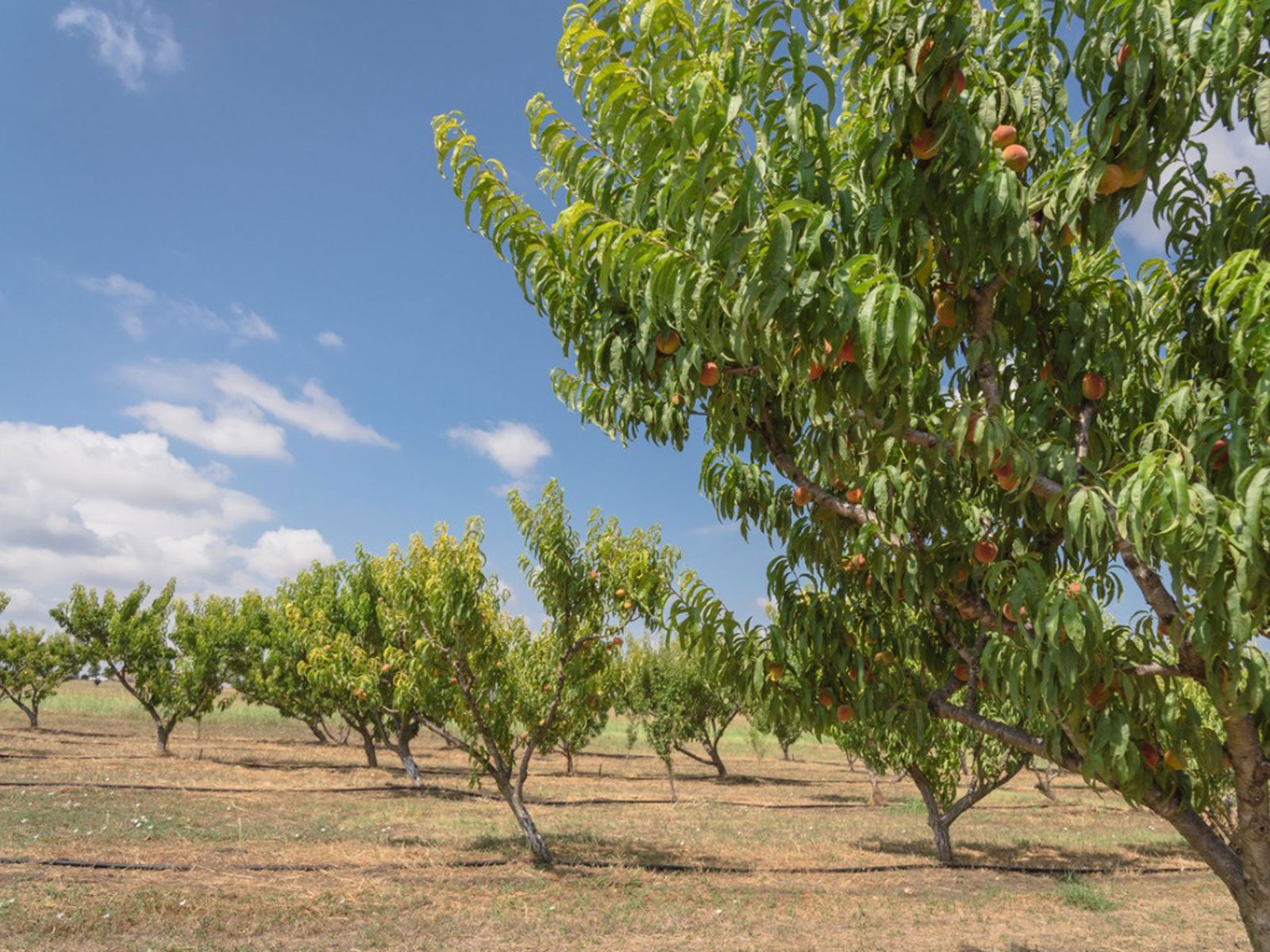
South Central Fruit Trees – Growing Fruit Trees In The South
Growing fruit trees in the home garden is an increasingly popular hobby in the South. For tips on choosing fruit trees for South Central states, click here.
By Susan Albert
-
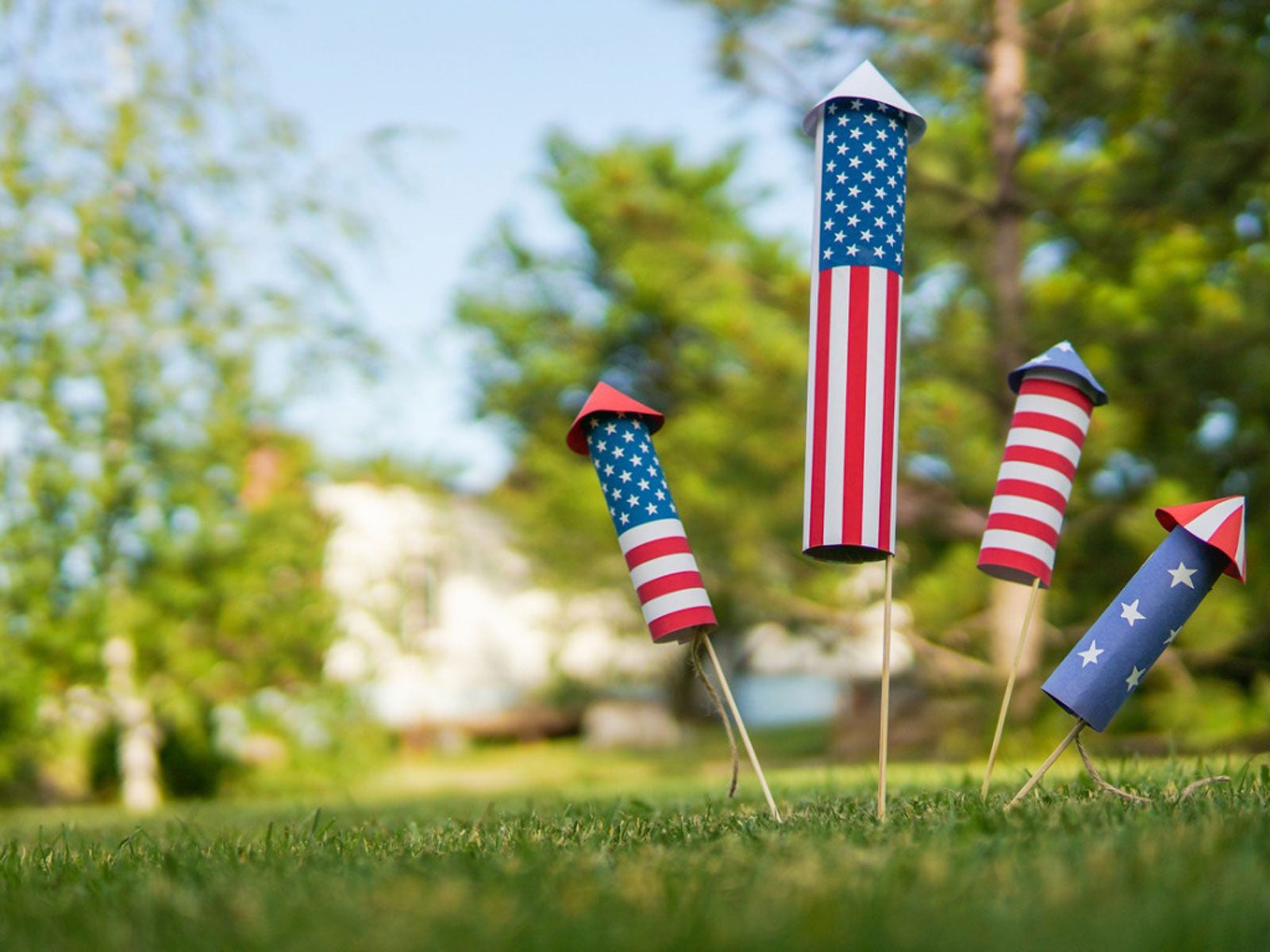
Memorial Day Garden Party – Planning A Memorial Day Garden Cookout
A backyard Memorial Day garden cookout offers a great kickoff to the summer season. Here are tips on how to get the party started.
By Susan Albert
-
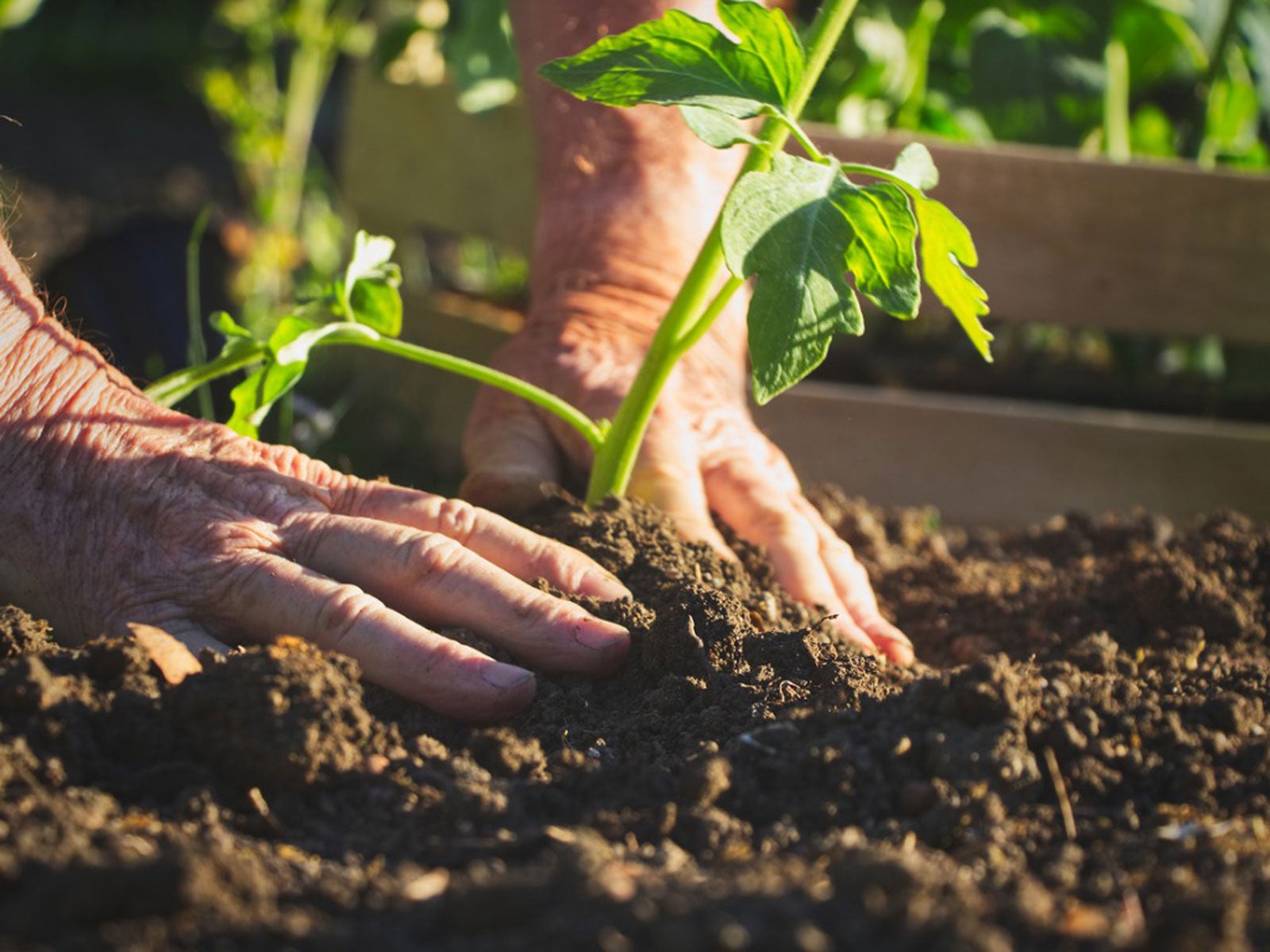
Garden To-Do List: April Gardening In The South Central Region
From lawn care to flower planting, there are plenty of chores ready and waiting in April. Learn about South Central garden maintenance here.
By Susan Albert
-

Sloped Rain Garden Alternatives: Planting A Rain Garden On A Hill
When planning a rain garden, it’s important to determine whether or not it is a good fit for your landscape. In the case of a hill or steep slope, a rain garden may not be the ideal solution. Click here to learn more.
By Susan Albert
-
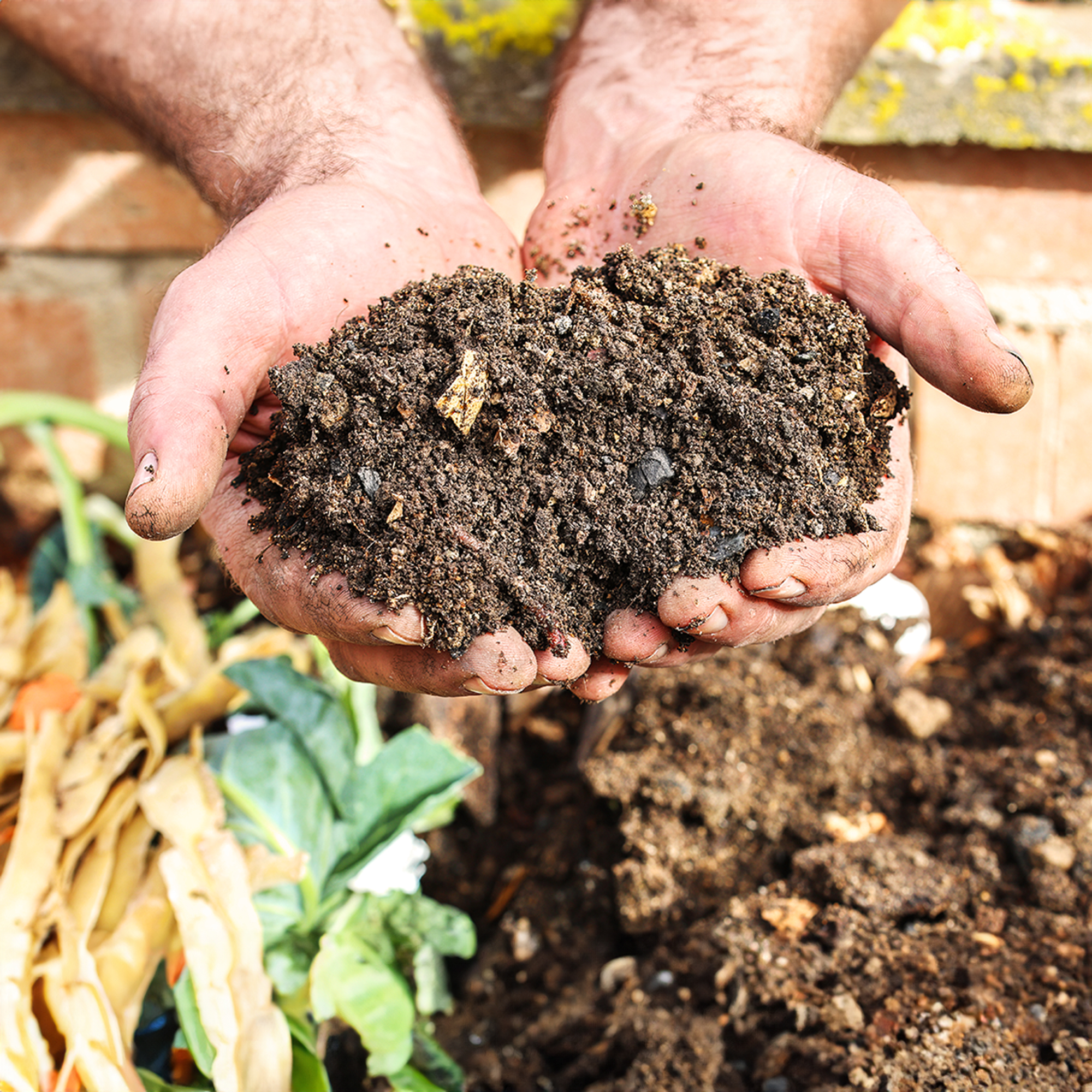
How To Know When Compost Is Ready: Key Signs Your Homemade Garden Gold Is Finished
Avoid using homemade compost before it's ready by learning the key maturity signs to check for.
By Susan Albert
-
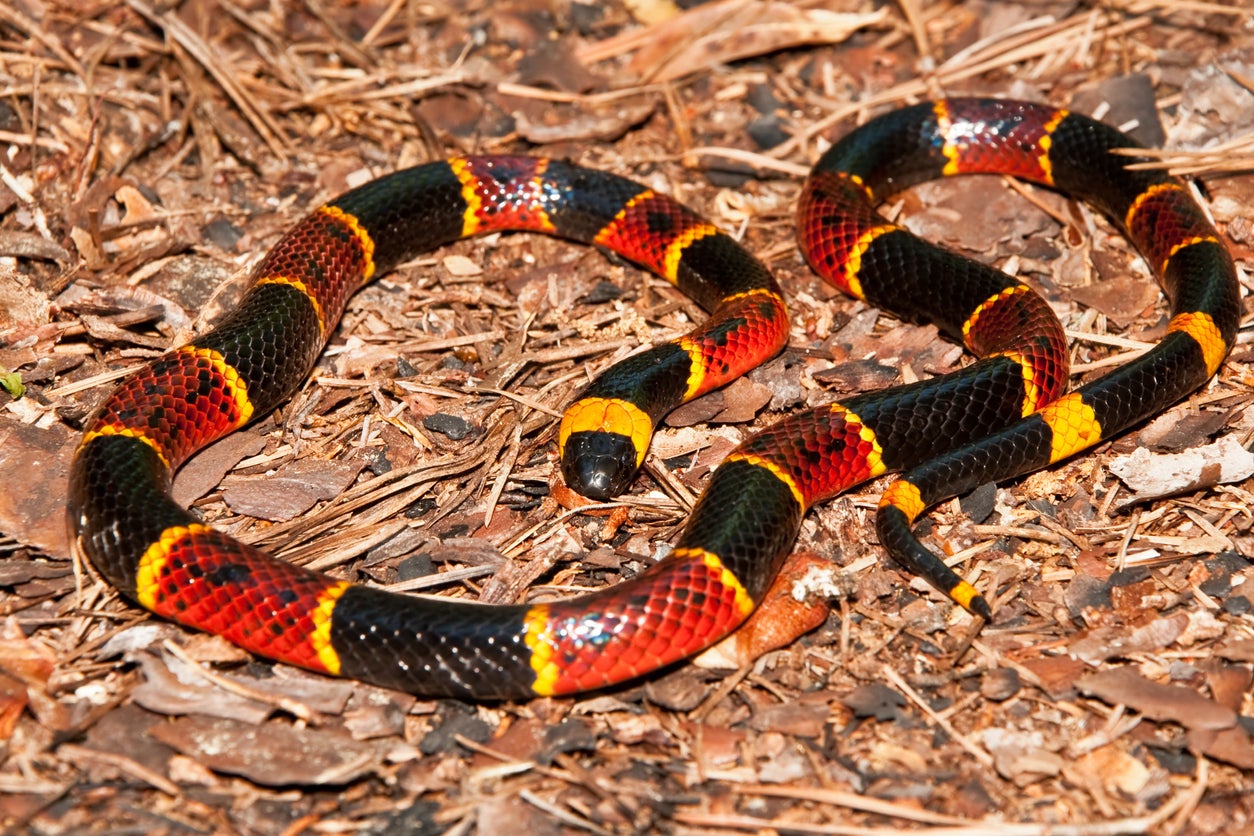
Identifying Snakes In Southern Regions – Common Snakes In South Central States
Learning to identify snakes in your area can prevent undue fear and unnecessary eradication of environmentally beneficial snakes. Click this article to learn about some of the more commonly seen southern snake varieties in and around the home landscape.
By Susan Albert

